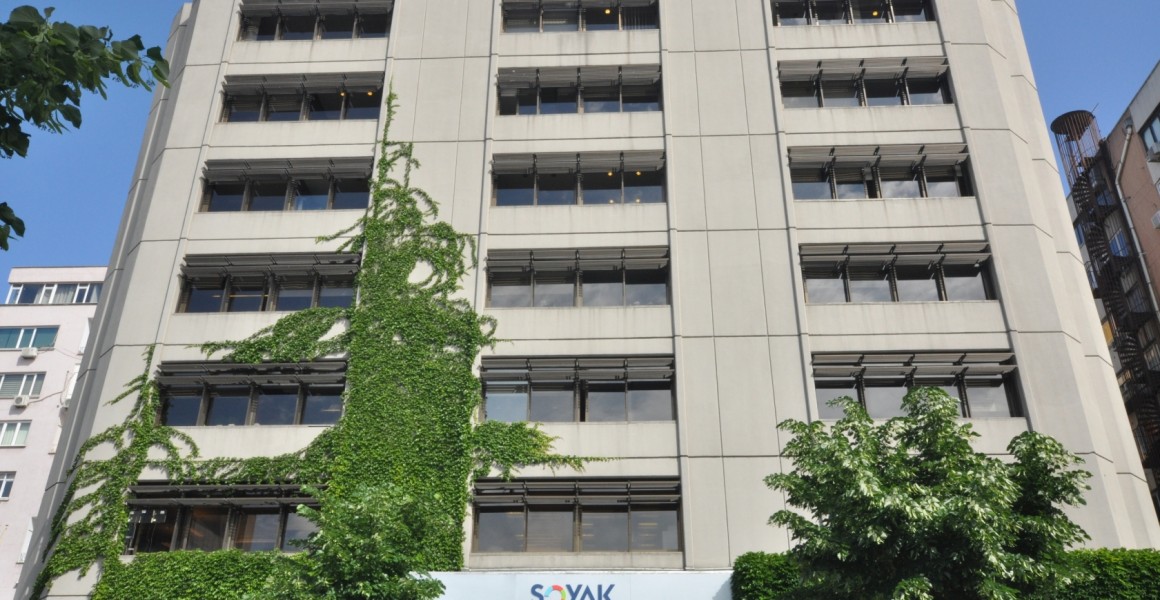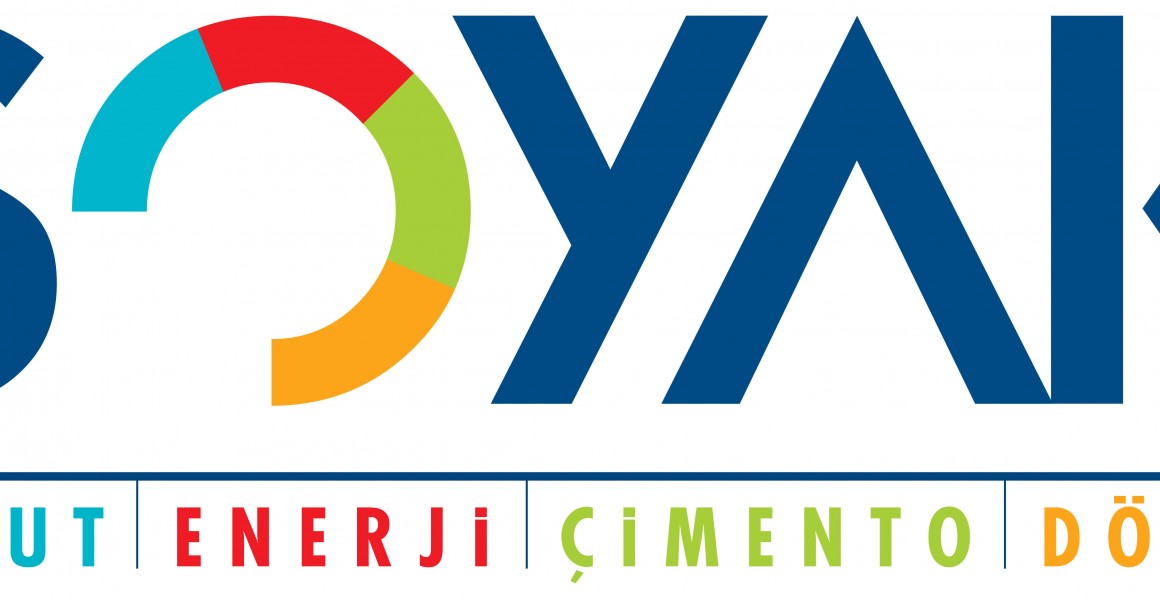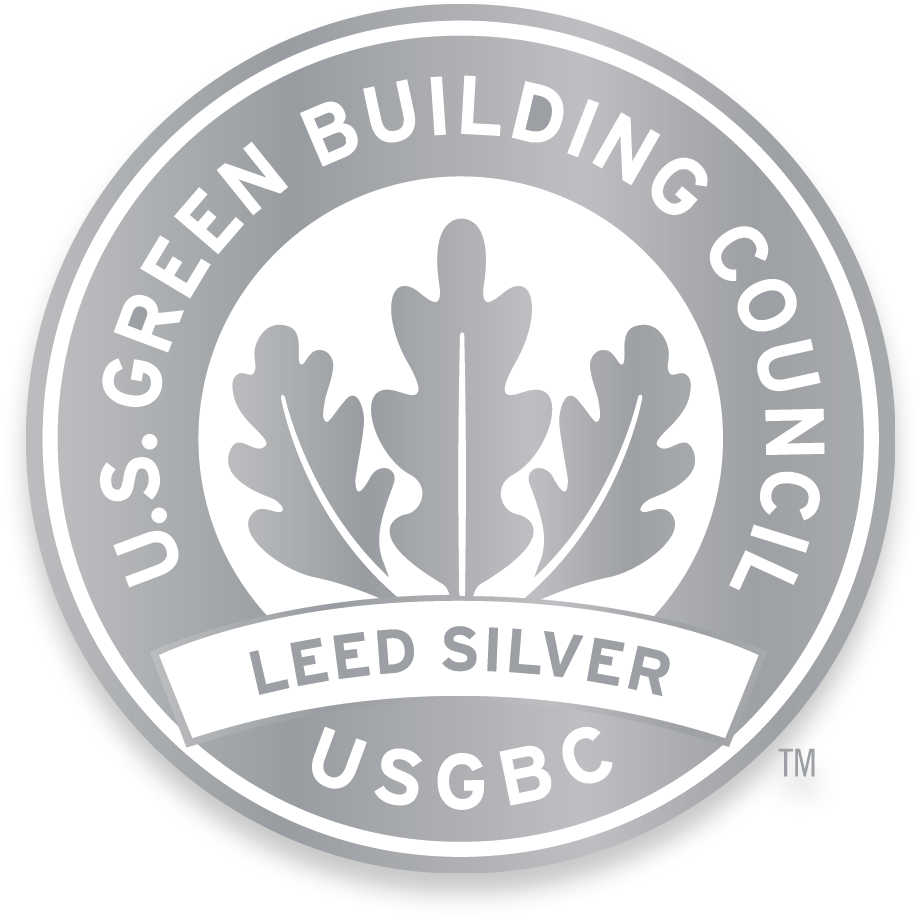Soyak Holding Building was first built in the 1980s and passed a serious renovation a few years ago before applying for LEED certification. The result was a building with more modern interior architecture and building management systems.For Soyak Office building, LEED for Existing Buildings: Operation & Maintenance category has been targeted.
LEED Existing Buildings: Studies conducted for the criteria specified in the Operation & Maintenance category can be summarized under the following topics:
- Reduction of transportation-related greenhouse gas emissions due to the encouragement of public transportation and provision of facilities,
- The use of plants that require local water plants to the extent permitted by the conditions in the building landscape or water resources that have been adapted for local climatic conditions,
- The external lighting power is pulled below the maximum values specified by LEED,
- Replacement of luminaires used in exterior illumination with luminaires that will not cause light pollution,
- Conversion of water-consuming faucets and reservoirs to models with values below the maximum values specified by LEED,
- Establishing a system that creates opportunities for continuous improvement on the basis of continuous follow-up of water consumption according to usage area within the weekly periods and monitoring of trends,
- The detailed energy efficiency studies of energy-consuming main systems of buildings according to ASHRAE standards,
- Considering budgetary limits according to the improved energy efficiency improvement roadmap, making investments that are shorter in terms of economic repayment period and monitoring their results with monitoring energy consumption rates,
- The use of cooling fluids which are not harmful to the ozone layer and have at least a minimum contribution to global warming,
- The preference of energy efficient products with low energy consumption values in electronic products and adapting them to general purchasing policy,
- The preference for low-crowd fluorescent type lamps and adapting to general procurement policy,
- Disposal of waste, recycling companies and municipal contracts and protocols for sending the waste to recycle


